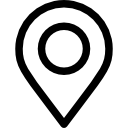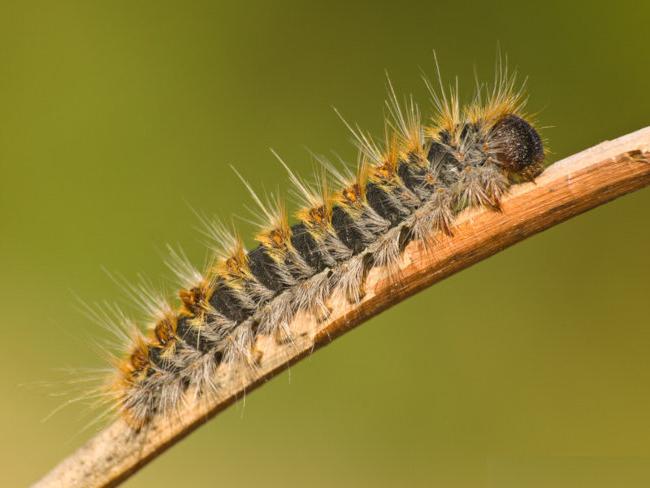







Pine Processionary
Inicio > Services> Pine Processionary|| |98
The Pine Processionary is a defoliating lepidopteran that feeds on the needles of pines and other conifers. It is the most important pest of Mediterranean pine forests and owes its name “Processionary” to the fact that it moves in a group in a line, like a procession.
This lepidopteran is typically Mediterranean; in Spain it can be found throughout the peninsula as well as in the Balearic Islands.
Starting in May, Pine Processionary butterflies appear, they mate and the female lays her eggs in trees, especially in cedars and in all species of pine trees, both native and introduced.

A 30 or 40 days after laying, the caterpillars are born, which will develop stinging hairs from the third stage, 30 days after their birth.
The caterpillars build their nests or silk bags in the aforementioned trees, which serve as shelter to pass the cold winter storm.
To combat this pest there are various methods:
The pheromone trap for the pine processionary caterpillar is one of the control methods more effective because it allows male butterflies to be captured at the moment they seek to reproduce.
When the processionary adults fall into the trap, the natural reproduction process is interrupted and, therefore, the processionary colony gradually becomes extinct.
This method allows the capture of a high percentage of the male butterfly population, which prevents a good part of the fertilizations of the females.
This trap does not pose any danger to other species of butterflies and insects since it does not use insecticides or toxic products, nor does it harm the environment or people.
Plant Endotherapy is a treatment that works from the sap flow capacity inside the vascular tissues of the tree (xylem).
When the insecticide is introduced directly into the tree, it is distributed throughout the vascular system, “poisoning” the needles that are the food of the larvae. In this way it kills only the processionary larvae, respecting the fauna and flora, and thus complying with the Decree of Sustainable Use of Phytosanitary Products. Likewise, it is completely harmless to the health of people and animals.
It is effective in any larval stage and has prolonged persistence, so that only one injection per year is needed.
This method is used to directly access the nests of the processionary
With this climbing technique we manage to move through the crown of the pine and manually extract the processionary's nest, which usually settles at the tips of the branches.
Thanks to this, it is possible to leave the trees completely clean of the pest.
These are rings that are placed around the trunk of the pine to prevent the caterpillars from descend from it and reach the ground. For this reason, it should be placed just before the period in which the caterpillars descend from the pine in order to bury themselves.
This measure is recommended for those groups of pines that have not been previously treated with an injection treatment.
| Action schedule | ||||||||||||
| Treatment| ||222 | E | F | M | A | M | J | J | A | S | O | N | D |
| Trampa de feromona | ||||||||||||
| Plant endotherapy | ||||||||||||
| Climbing nest pruning | ||||||||||||
| Capture rings | ||||||||||||
It must be taken into account that traps and The rest of the tools available for processionary control must be used at the appropriate time in the variable biological cycle in each area and year depending on seasonal weather conditions.

Civil Liability Insurance
At H2ogarden we have civil liability insurance to cover any damage that we could cause in the provision of services. our services. Likewise, all personnel who carry out the felling and pruning of trees are insured according to current legislation in order to be protected against any accident, thus avoiding any type of liability to the client.
Safety in the felling trees
At H2O Garden we comply with all the necessary safety measures to carry out this type of work, in accordance with the provisions of the Occupational Risk Prevention Law.
The prevention and protection measures are developed by describing a set of actions prior to the start of the work (risk assessment, work plan and organizational and safety aspects), the climbing techniques with their phases and their practical application, the choice and certification of the resistance of the anchor points, the description of the equipment and work material and finally the preventive measures against other risks described.
Sustainable Logging
At H2OGarden We are truly committed to the Environment, so all our logging work is carried out causing the least possible impact on your environment.
We only use necessary technical and statistical cookies. If you continue browsing our website we will understand that you accept its use. Visit our cookie policy:Legal notice.